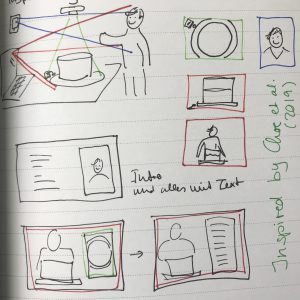
Perfect mini vacation in #WaveWatching pics, and a podcast episode on pedagogy for large classes
I’m in my podcast phase again… And still on the Tea for Teaching show! Just listened to an older episode where Anna Logan and Ann Marie Farrell talk about pedagogy…

